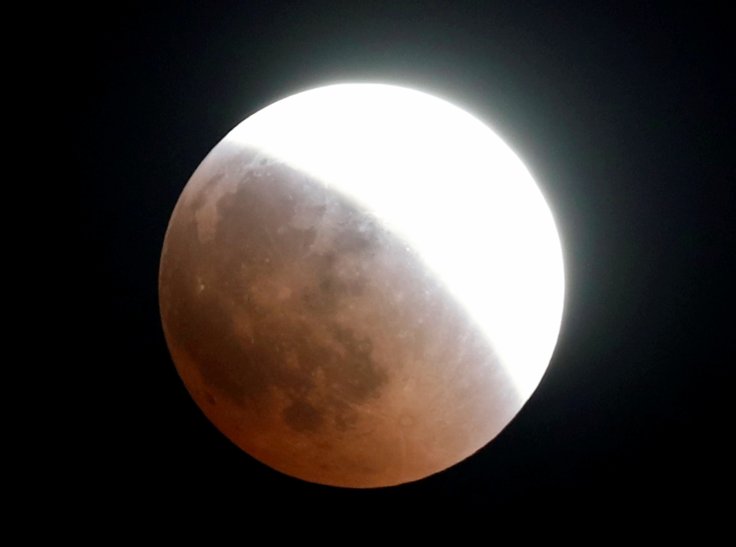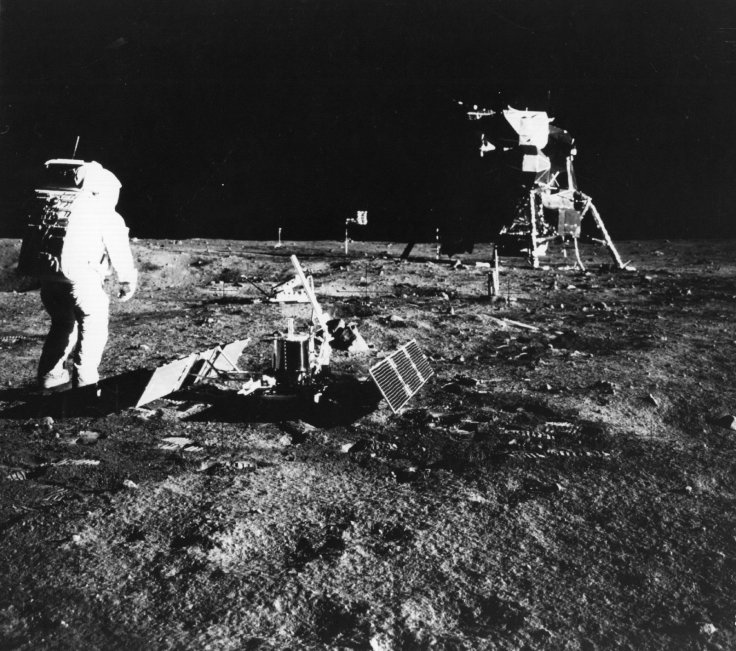
The Moon's mysterious and misnamed "dark" side may soon have all its secrets unlocked. China's Chang'e-4 successfully landed on the far side of the Moon last week, the first for mankind, and it has released the first images of the unexplored terrain.
Beating the United States and Russia to the historic achievement, the Chang'e-4 probe touched down on the lunar far side, which people can't see from Earth, on Thursday in order to learn more about our only satellite and obtain samples that will be sent back to Earth. Though the "dark" side of the Moon has been observed in the past by probes orbiting around the satellite, this is the first time that a man-made explorer has landed successfully on this area and studied it up close.
According to the Chinese National Space Administration website (via Phys.org), the Jade Rabbit 2 rover has also been deployed and established a digital transmission link with a relay satellite that sends data back to the control center in Beijing. The space agency confirmed that the radar and panoramic camera of the rover have been activated and are currently gathering data of the lunar far side.
One of the first photos taken by the Chang'e-4 revealed a small crater and a barren surface that appears to be illuminated by light from the probe. The lunar explorer's name apparently originates from a Chinese goddess whom myths say lived on the moon for thousands of years. Check out all the photos from the Chang'e-4's landing on the far side of the Moon here.
After activating the rover, the Chang'e-4 also deployed three 5-meter (16-foot) low-frequency radio antennas. In addition, the spacecraft sent back images taken with a topographical camera.
Scientists are hoping that studying the far side, where radio signals from Earth are blocked by the Moon, will allow them to find out what happened during the early days of the solar system and perhaps even the birth of the first stars of the universe.










